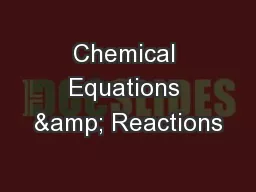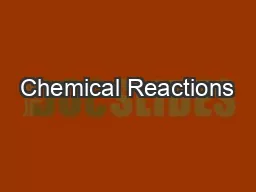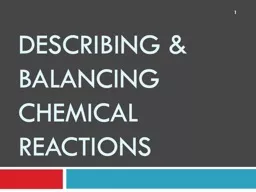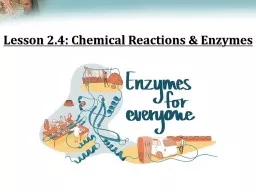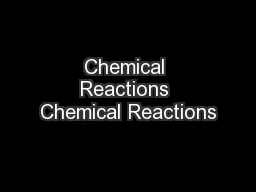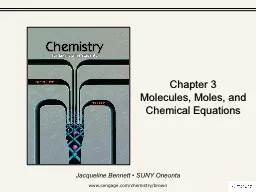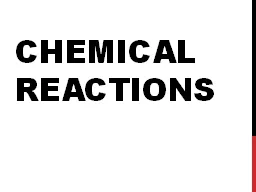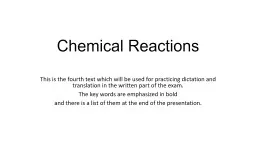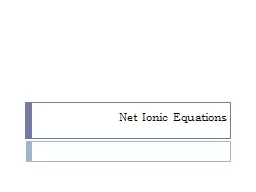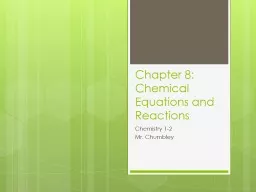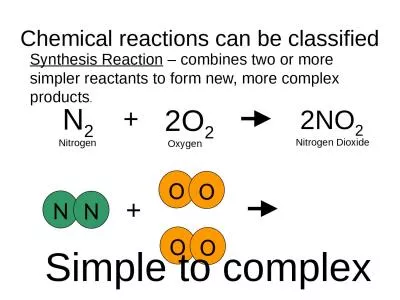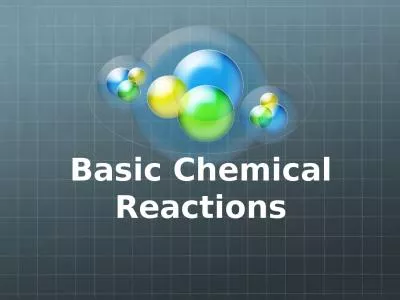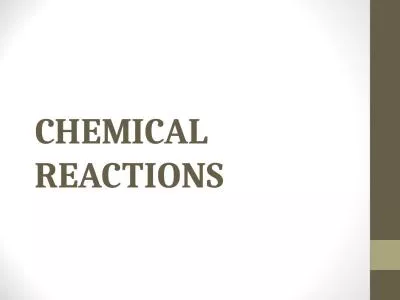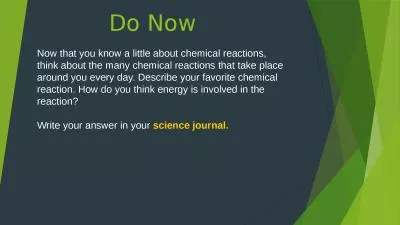PPT-Chemical Equations & Reactions
Author : myesha-ticknor | Published Date : 2018-11-10
Ionic compounds can form from transition metals Transition metals do not always follow the patterns that we discussed Can have more than one oxidation number charge
Presentation Embed Code
Download Presentation
Download Presentation The PPT/PDF document "Chemical Equations & Reactions" is the property of its rightful owner. Permission is granted to download and print the materials on this website for personal, non-commercial use only, and to display it on your personal computer provided you do not modify the materials and that you retain all copyright notices contained in the materials. By downloading content from our website, you accept the terms of this agreement.
Chemical Equations & Reactions: Transcript
Download Rules Of Document
"Chemical Equations & Reactions"The content belongs to its owner. You may download and print it for personal use, without modification, and keep all copyright notices. By downloading, you agree to these terms.
Related Documents

